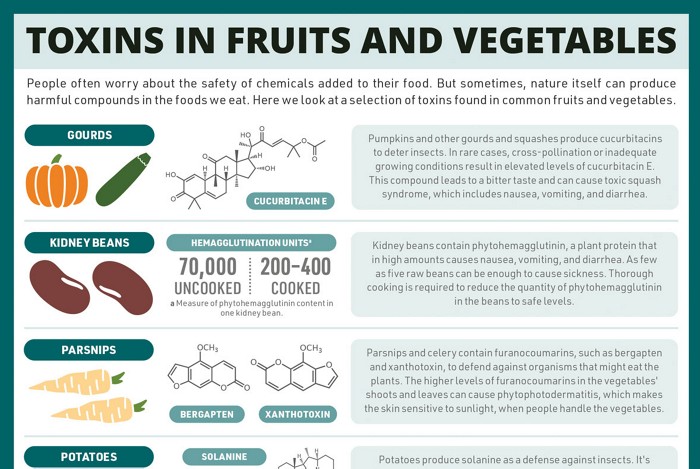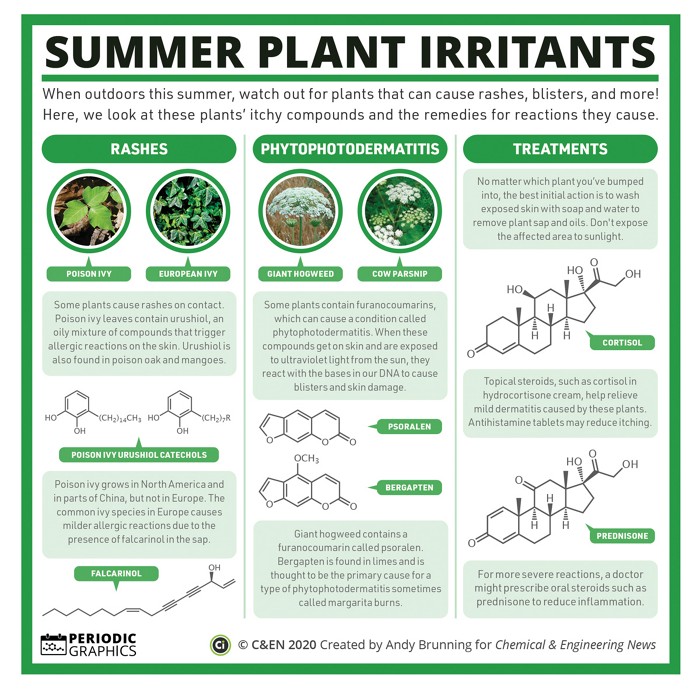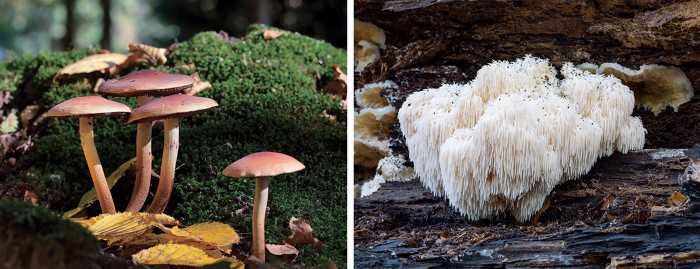Advertisement
Grab your lab coat. Let's get started
Welcome!
Welcome!
Create an account below to get 6 C&EN articles per month, receive newsletters and more - all free.
It seems this is your first time logging in online. Please enter the following information to continue.
As an ACS member you automatically get access to this site. All we need is few more details to create your reading experience.
Not you? Sign in with a different account.
Not you? Sign in with a different account.
ERROR 1
ERROR 1
ERROR 2
ERROR 2
ERROR 2
ERROR 2
ERROR 2
Password and Confirm password must match.
If you have an ACS member number, please enter it here so we can link this account to your membership. (optional)
ERROR 2
ACS values your privacy. By submitting your information, you are gaining access to C&EN and subscribing to our weekly newsletter. We use the information you provide to make your reading experience better, and we will never sell your data to third party members.
Natural Products
Finding a key puzzle piece in paclitaxel biosynthesis
Chemists identify the enzyme that forms the molecule’s oxetane ring
by Bethany Halford
January 25, 2024
| A version of this story appeared in
Volume 102, Issue 3
The cancer drug paclitaxel has captured the imaginations of chemists for decades, in part because of its complex polycyclic core with an oxetane ring. Although scientists have synthesized the molecule from basic chemicals, they didn’t have a complete picture of how nature makes it. Now, chemists have identified an enzyme that forms the key intermediate baccatin III. The finding adds a crucial piece to the puzzle of paclitaxel biosynthesis.
Researchers led by Xiaoguang Lei at Peking University and Jianbin Yan at the Chinese Academy of Agricultural Sciences identified a cyctochrome P450 enzyme—which they named taxane oxetanase 1—that installs the oxetane ring in baccatin III. Scientists previously thought that an epoxide forms on a precursor to baccatin III and then rearranges to the oxetane. Lei and Yan’s team discovered that while taxane oxetanase 1 can make that epoxide, it can’t convert the epoxide to the oxetane. Instead, the team suggests that the enzyme makes the oxetane via a mechanism that was previously unknown in enzymes (Science 2024, DOI: 10.1126/science.adj3484).
Sarah E. O’Connor, an expert in natural product biosynthesis at the Max Planck Institute for Chemical Ecology, says the finding answers a long-standing question in plant natural product biosynthesis. “The mechanism by which the critical oxetane ring forms has always been up for debate,” she says in an email.
Lei says the researchers hope to use their recent discovery to make baccatin III on a large scale via synthetic biology.





Join the conversation
Contact the reporter
Submit a Letter to the Editor for publication
Engage with us on Twitter